We design for impact. Our collaborative approach is focused on building sustainable leadership capacity that outlasts our presence. Bringing multiple IEL resources to bear in targeted geographic communities allows us to deepen our impact.
The following FY22 data reflect the time period from July 21st, 2021 – June 30, 2022.
Prepare.
IEL is connected to over 40,000 leaders across all our networks.
Programming and Engagement
IEL developed and co-designed various programming to engage, support, and mobilize leaders at all levels. In FY22, among all engaged leaders, 2,476 IEL program/session participants provided their locations.
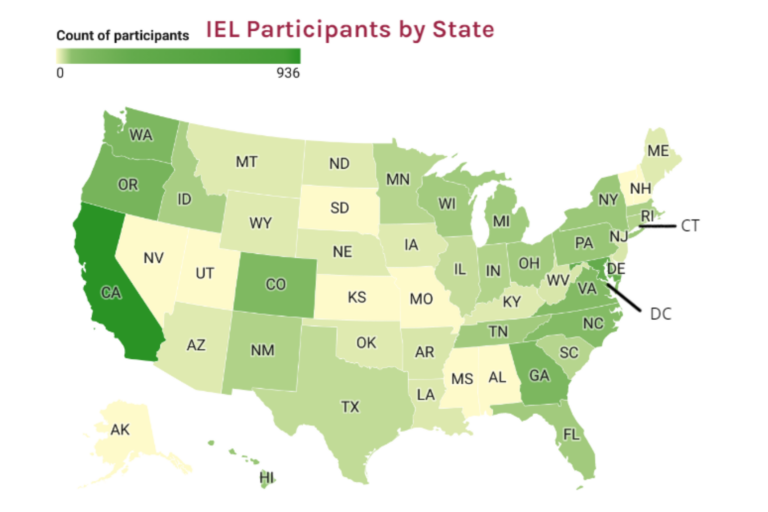
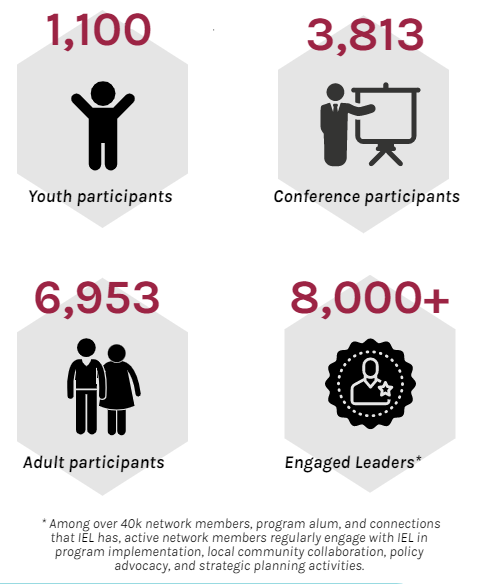
Leadership Testimonials
Support.
IEL does its work by innovating while building on what works. We:
- scale promising practices through research and data capacity
- elevate and prioritize family and community engagement
- support a national network of leaders in education through our Education Policy Fellowship Program (EPFP™)
- prepare, support, and mobilize leaders to create ecosystems of collaborative leadership and advance Community Schools as a key equity strategy
- incubate and lead initiatives focused on increasing access to basic necessities and key elements needed for marginalized people and communities to thrive
- lift up all community voices to inform decision making
Mobilize.
~18,000 IEL social media followers across Twitter, Facebook, Instagram, Youtube, and LinkedIn
Policy by the People

IEL Staff and Board Members
IEL is proudly led by a majority BIPOC Board, executive leadership, and staff.
Key Publications:
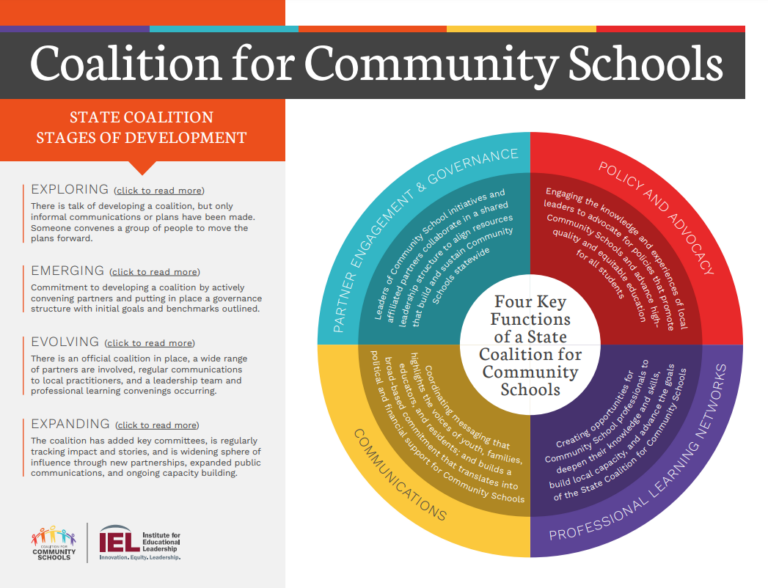
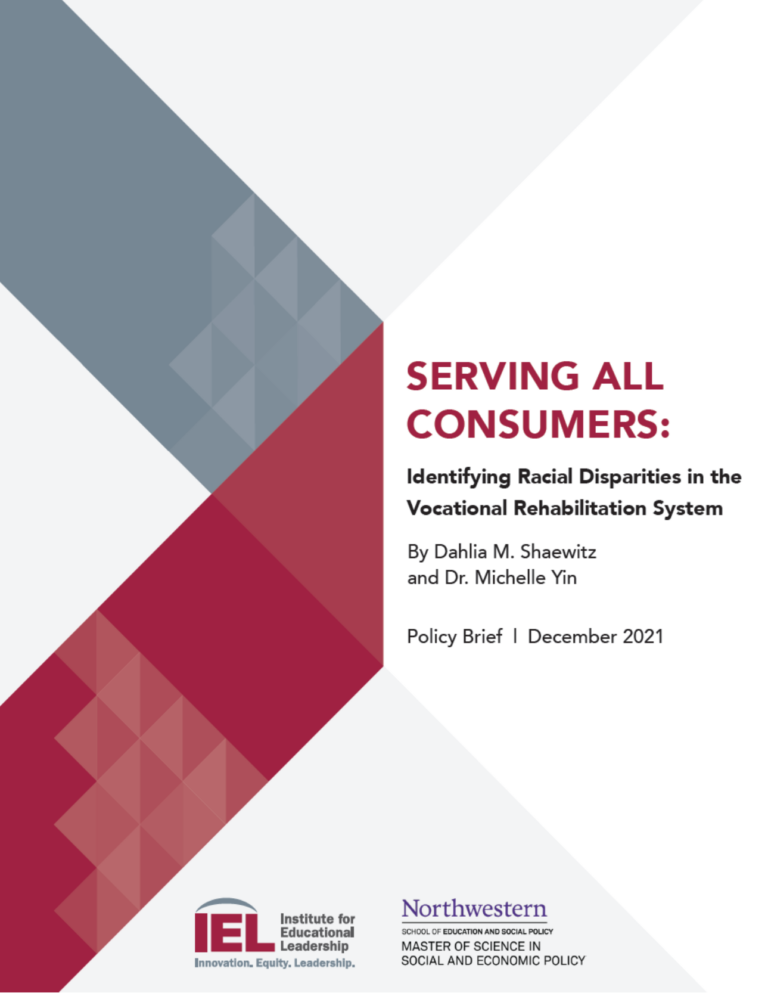
SERVING ALL CONSUMERS: Identifying Racial Disparities in the Vocational Rehabilitation System
The Vocational Rehabilitation (VR) program is the largest workforce program in the United States, providing employment services to
people with disabilities to help them retain or enter competitive integrated employment
commensurate with their abilities and capabilities. During the pandemic, state VR
services were significantly affected and in some cases those services were halted for a period of time as agencies attempted to reroute services virtually and to eventually
provide in-person contact. In addition, the Covid-19 pandemic has led to a recession in the United States that impacts all workers.
Historical data in the U.S. show that people
with disabilities are more likely than their peers without disabilities to drop out of the workforce during economic downturns and are less likely to recover employment after
the recession ends.

Making Classroom Observations Matter
When school leaders use evidence-based tools focused on equity for observations, they have greater potential to improve classroom practice.
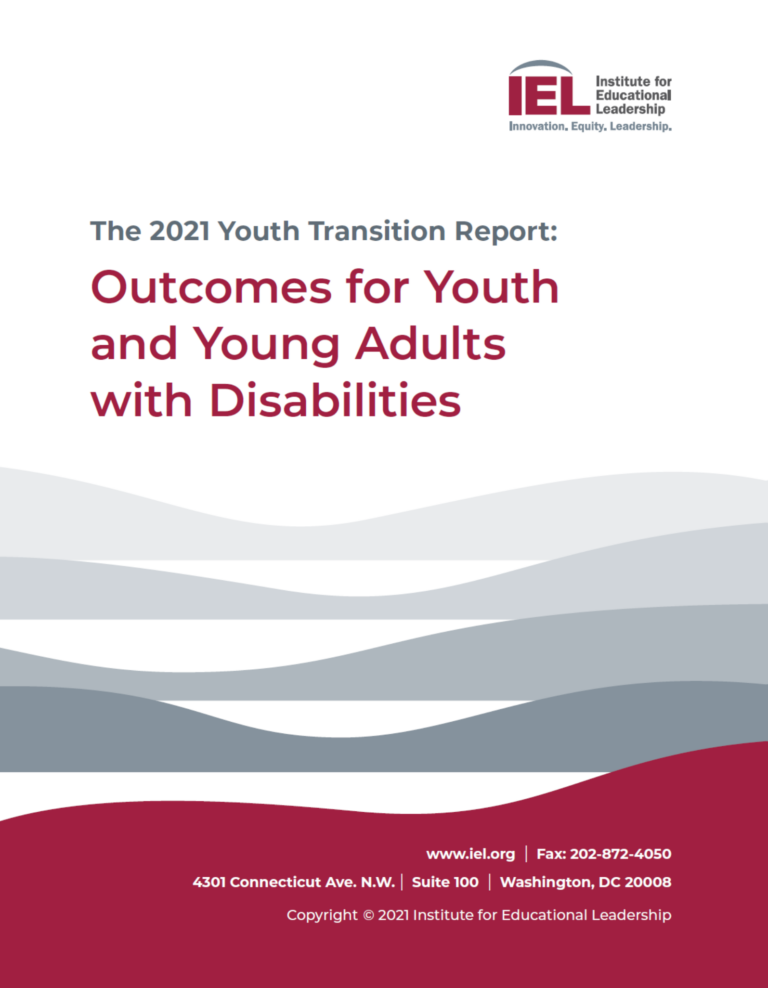
The 2021 Youth Transition Report: Outcomes for Youth and Young Adults with Disabilities
This report was produced by the Institute for Educational Leadership, Inc. (IEL) to examine the persistent gaps in educational and employment outcomes for youth and young adults with disabilities in the United States. The report focuses on comparative data for youth and young adults with and without disabilities between the ages of 14 and 24, including those opportunity youth that education and workforce systems have failed to adequately support, to highlight the needs of this transition age population. This information can support practitioners, policymakers, and researchers to better understand and serve this population.
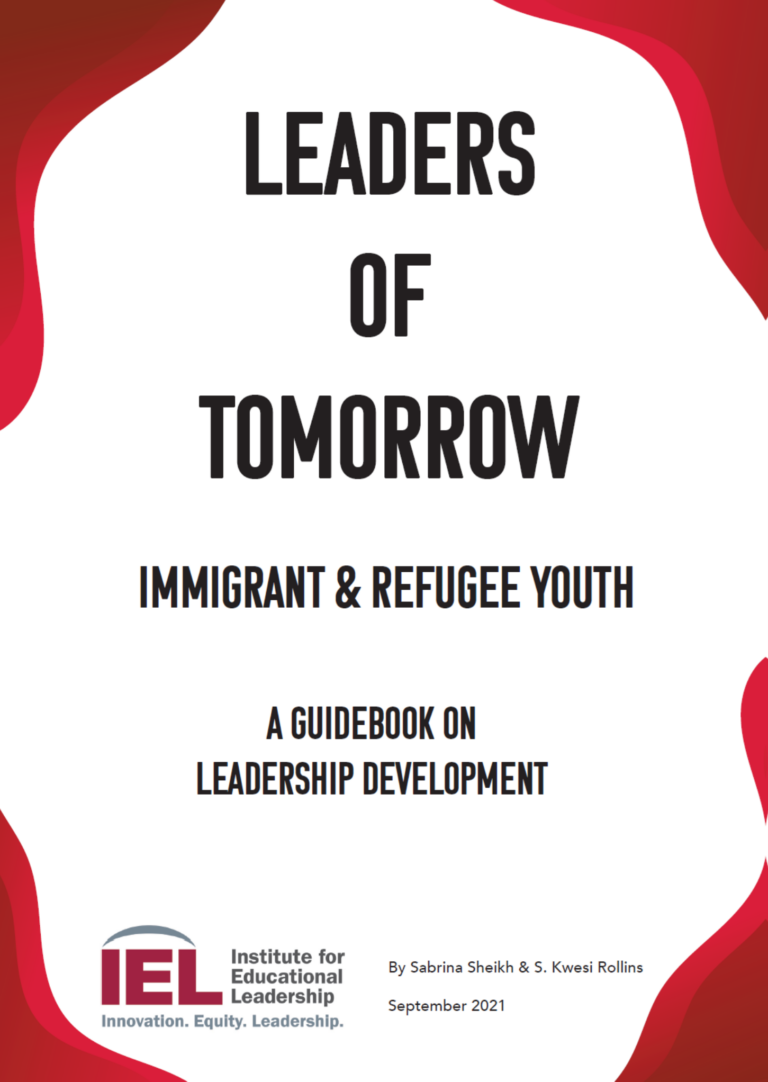
Leaders of Tomorrow: Immigrant & Refugee Youth – A Guidebook on leadership Development
Leaders of Tomorrow is a leadership program developed by the Institute for Educational
Leadership (IEL) with a curriculum co-created by immigrant and refugee youth. The goal of
Leaders of Tomorrow is to support and mobilize immigrant and refugee youth through
opportunities to expand their knowledge, strengthen their skills, access tools and
resources, and improve their own circumstances and those of all children, youth, adults, and
families in their communities.